Chemicals list & Research Gallery
CAS number: 1061318-81-7
Hsp90 Inhibitor Debio 0932 is an orally active and small molecule inhibitor of heat shock protein 90 (Hsp90) with potential antineoplastic activity. Hsp90 inhibitor Debio 0932 specifically blocks Hsp90, thereby inhibiting its chaperone function and promoting the degradation of its client proteins, many of which are oncogenic signaling proteins involved in tumor cell proliferation and survival. This may lead to an inhibition of tumor cell proliferation. Hsp90, a chaperone protein upregulated in a variety of tumor cells, regulates the folding, stabilization and degradation of many oncogenic signaling proteins.
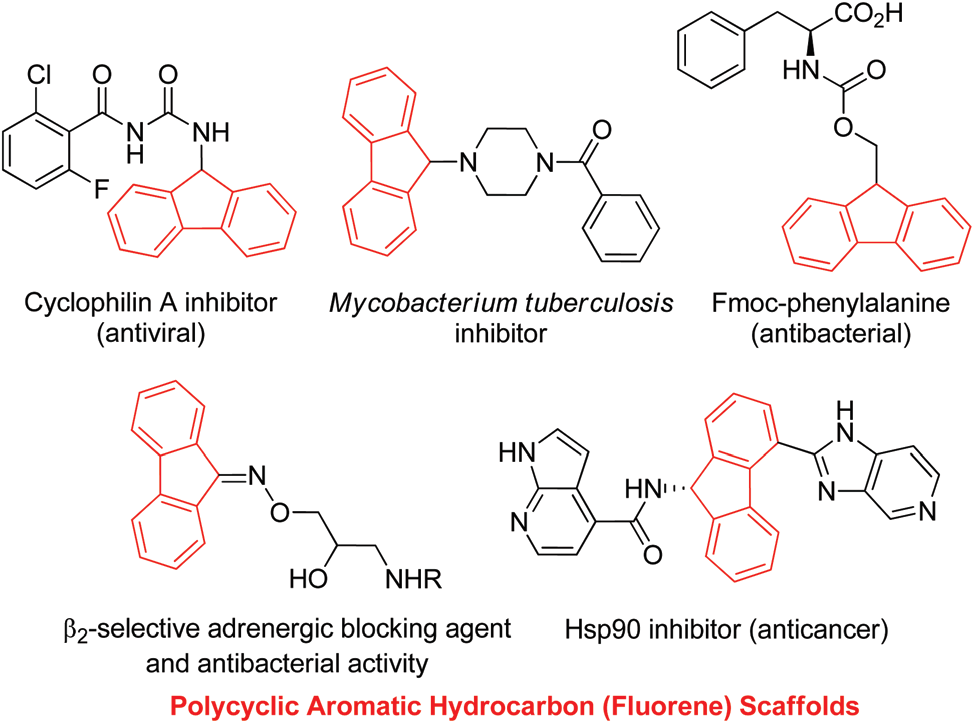
Selected examples of pharmaceuticals and bioactive compounds that contain polycyclic aromatic hydrocarbon (PAH) scaffolds: Cyclophilin A inhibitor, Mycobacterium Tuberculosis Inhibitor, FMOC-PHENYLALANINE, Hsp90 inhibitor. The fluorene core is shown in red.
CAS number: 106133-20-4
Tamsulosin is an alpha-Adrenergic Blocker. The mechanism of action of tamsulosin is as an Adrenergic alpha-Antagonist.
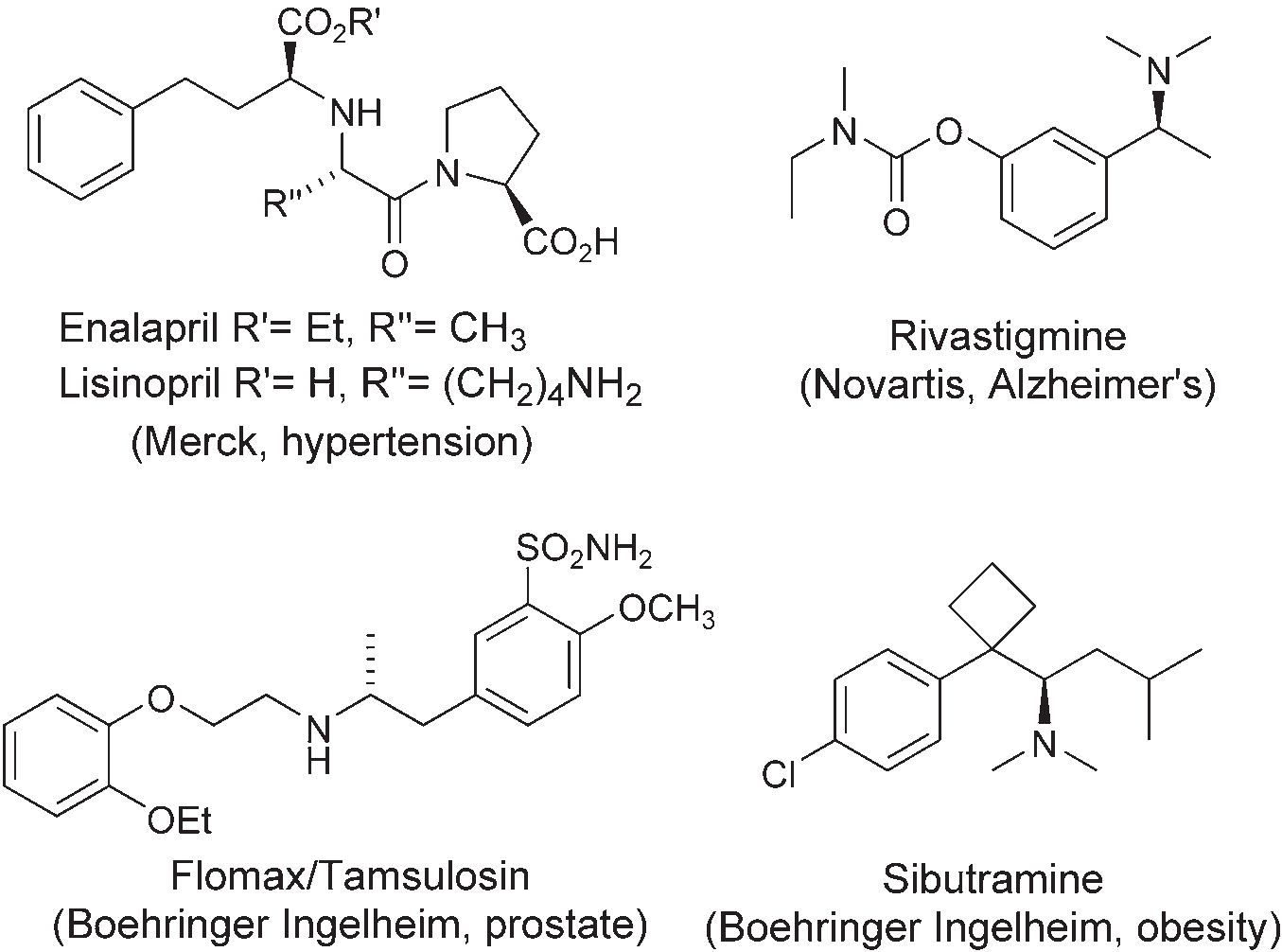
Pharmaceutical drugs containing a-chiral amine stereocenters: enalapril, lisinopril, rivastigmine, Flomax, TAMSULOSIN, sibutramine.
CAS number: 106243-16-7
Thioperamide is a primary aliphatic amine.
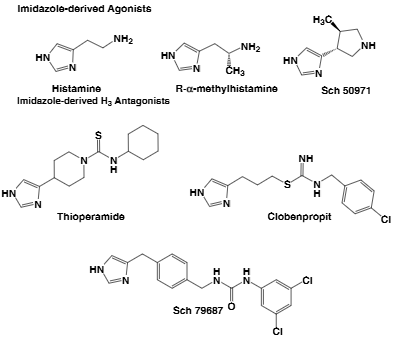
Examples of imidazole-derived agonists and antagonists:Thioperamide, clobenpropit, SCH-79687, r-alpha-methylhistamine.
CAS number: 106463-17-6
Tamsulosin hydrochloride is a hydrochloride resulting from the reaction of equimolar amounts of tamulosin and hydrogen chloride. It has a role as an alpha-adrenergic antagonist and an antineoplastic agent. It contains a tamsulosin(1+). It is an enantiomer of an ent-tamsulosin hydrochloride.

Pharmaceutical drugs containing a-chiral amine stereocenters: enalapril, lisinopril, rivastigmine, Flomax, TAMSULOSIN, sibutramine.
CAS number: 1066-54-2
Trimethylsilylacetylene is an organosilicon compound. It's a versatile building block in organic synthesis, often used as a source of the ethynyl anion (HC≡C-). It's favored over acetylene itself because it's a stable, easily handled liquid, unlike acetylene which is a gas at room temperature and can be hazardous.
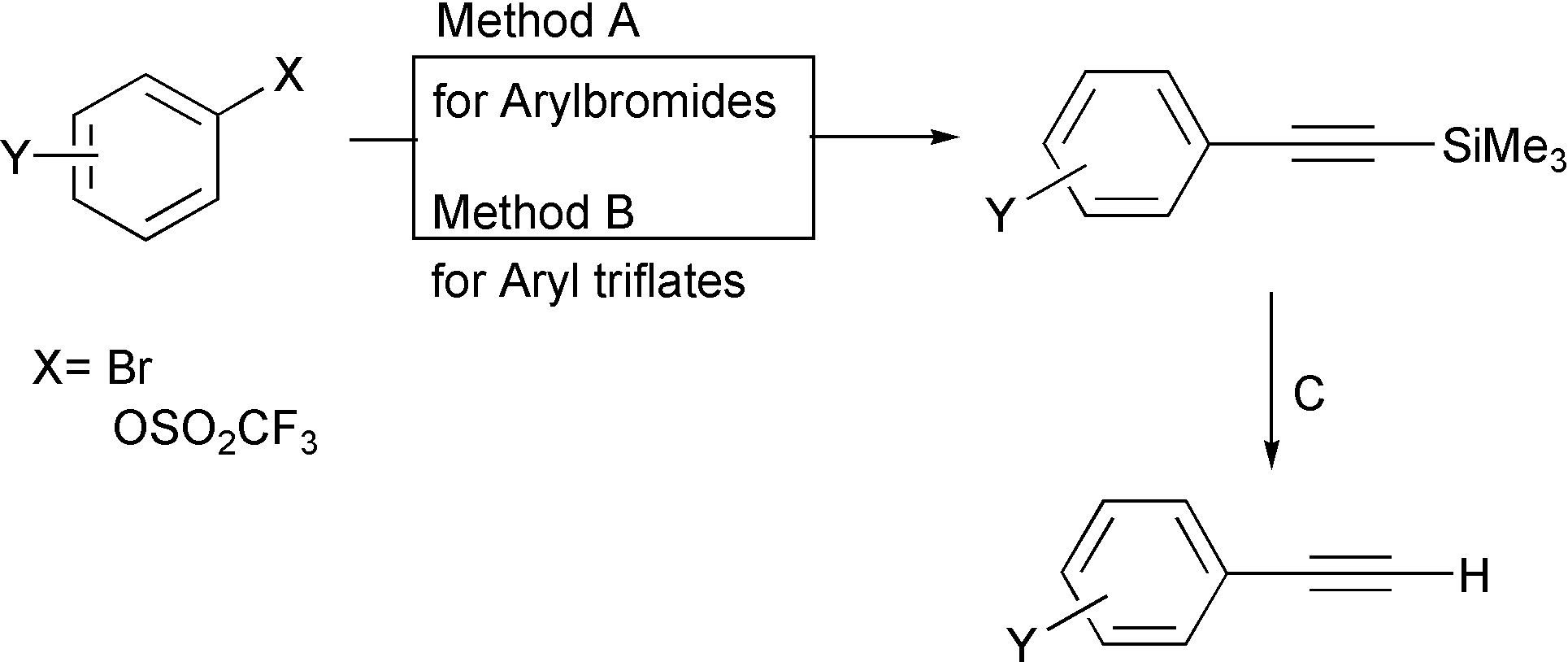
Method A) (Ph3P)4Pd, CuI, Et3N, trimethylsilylacetylene. Method B) (Ph3P)2PdCl2, Et3N, DMF, trimethylsilylacetylene. C) K2CO3, MeOH.
CAS number: 106650-56-0
Sibutramine is an organochlorine compound and a tertiary amino compound. It has a role as an anti-obesity agent and a serotonin uptake inhibitor.

Pharmaceutical drugs containing a-chiral amine stereocenters: enalapril, lisinopril, rivastigmine, Flomax, TAMSULOSIN, sibutramine.
CAS number: 106730-54-5
Olprinone is a member of bipyridines.
![Approved drugs containing imidazo[1,2-a]pyridines: zolpidem, Zolimidine, Olprinone](http://www.wlxkc.cn/picture/663811_02.png)
Approved drugs containing imidazo[1,2-a]pyridines: zolpidem, Zolimidine, Olprinone
CAS number: 107-02-8
Acrolein is a colorless or yellow liquid with a disagreeable odor. It dissolves in water very easily and quickly changes to a vapor when heated. It also burns easily. Small amounts of acrolein can be formed and can enter the air when trees, tobacco, other plants, gasoline, and oil are burned. Acrolein is used as a pesticide to control algae, weeds, bacteria, and mollusks. It is also used to make other chemicals.
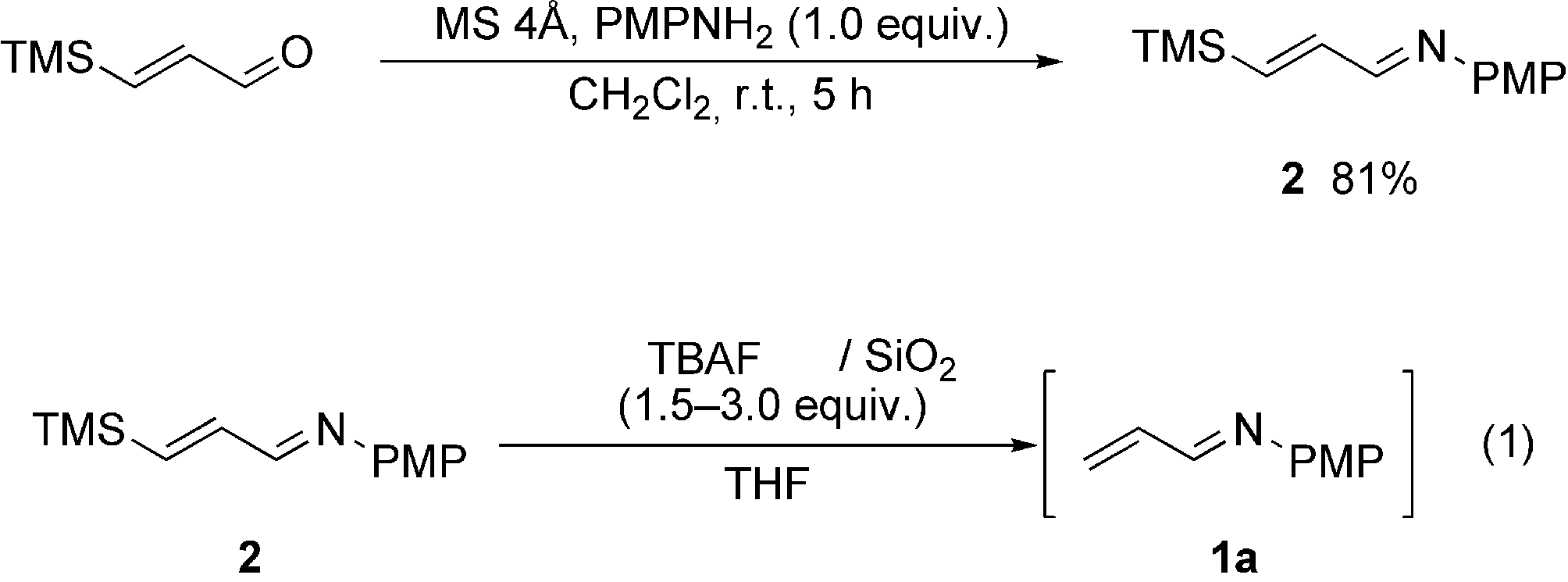
Imination of the 3-trimethylsilylated acrolein.
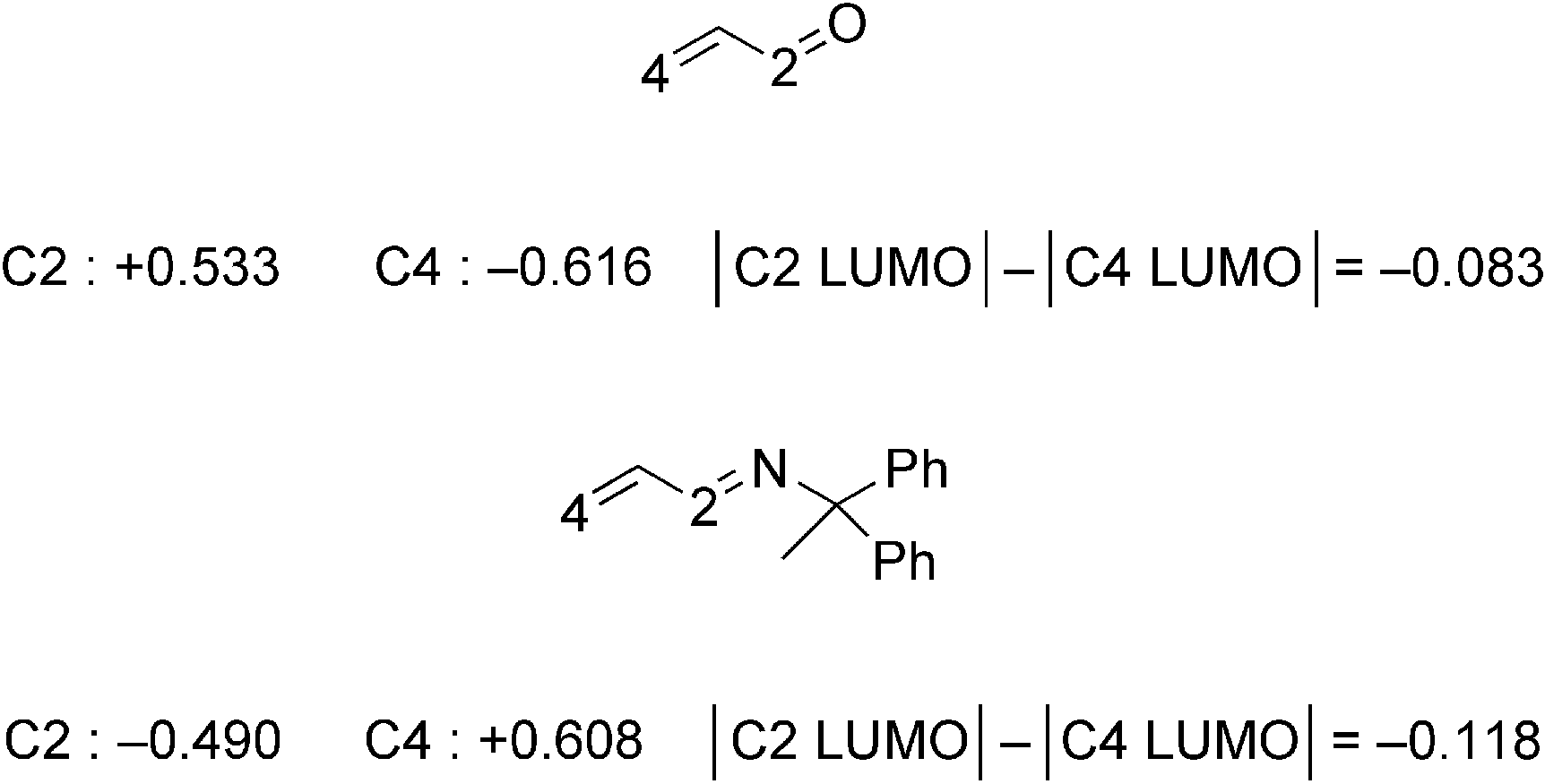
LUMO coefficients of acrolein and N-allylideneamine.
CAS number: 107-06-2
1,2-Dichloroethane, also called ethylene dichloride, is a manufactured chemical that is not found naturally in the environment. It is a clear liquid and has a pleasant smell and sweet taste. The most common use of 1,2-dichloroethane is in the production of vinyl chloride which is used to make a variety of plastic and vinyl products including polyvinyl chloride (PVC) pipes, furniture and automobile upholstery, wall coverings, housewares, and automobile parts. It is also used to as a solvent and is added to leaded gasoline to remove lead.
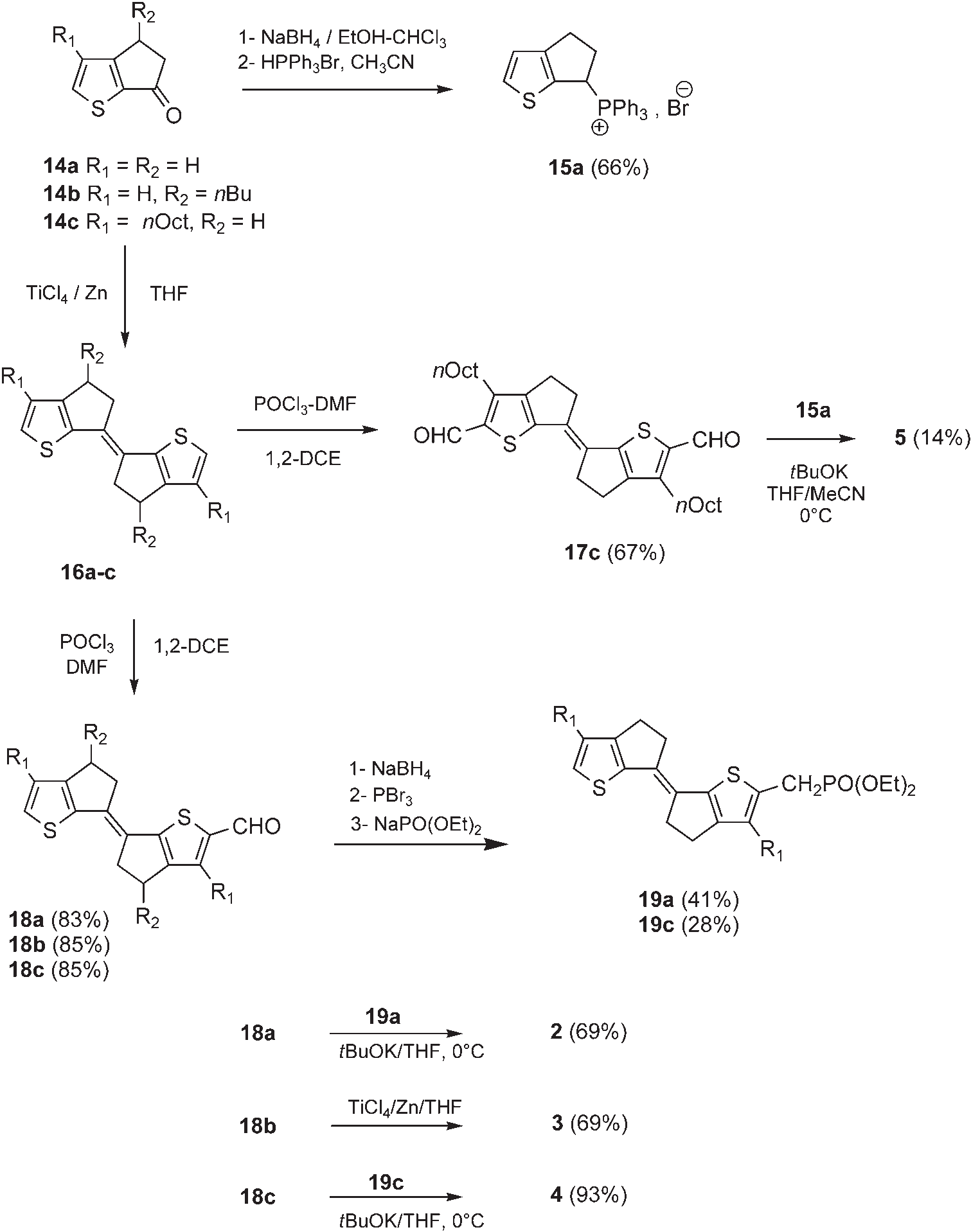
Synthesis of compounds 2–5. 1,2-DCE =1,2-dichloroethane.
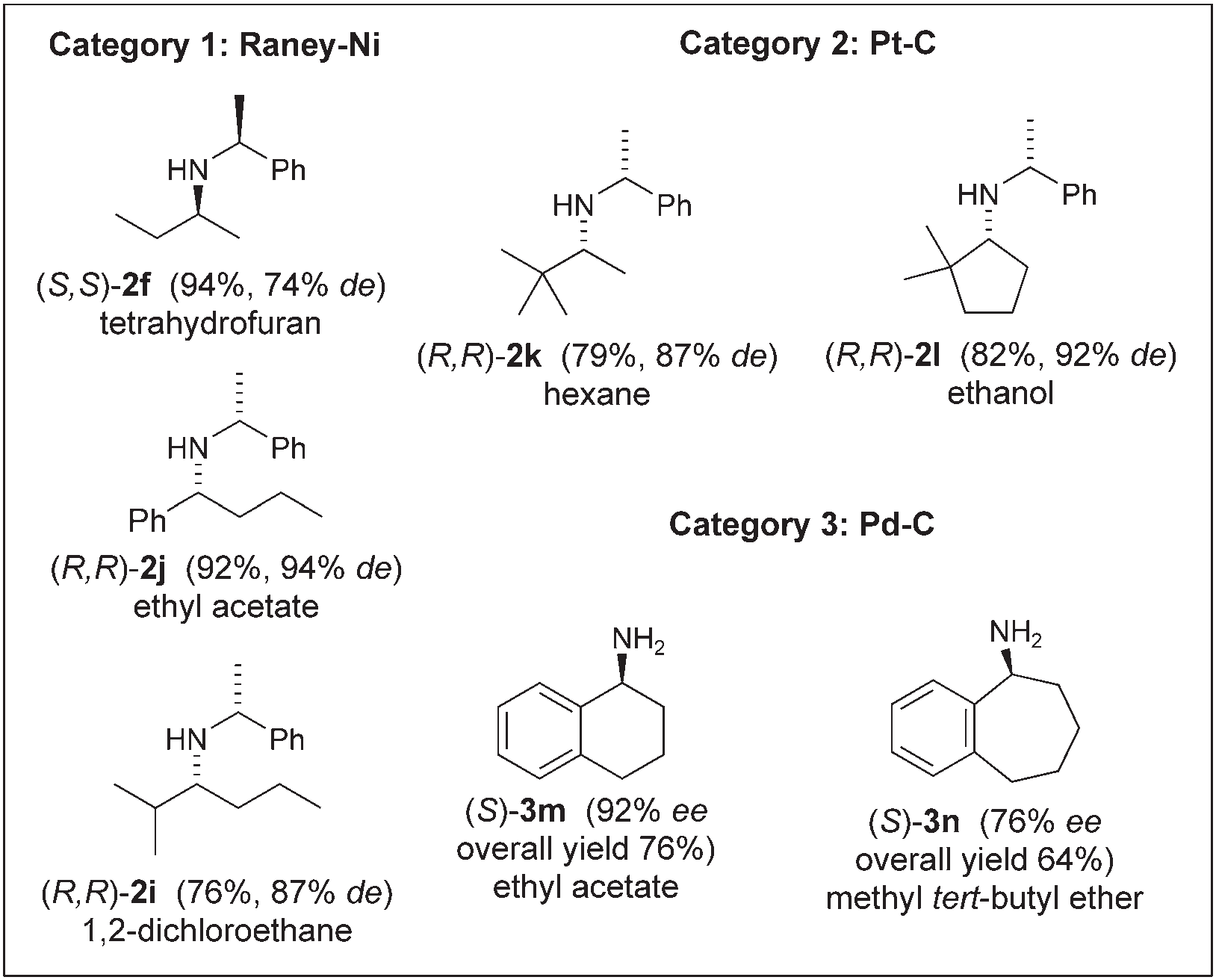
Correlation of structure, heterogeneous H2 catalyst, and diastereoselectivity: terahydrofuran, hexane, ethanol, ethyl acetate, 1,2-dichloroethane, methyl tert-butyl ether.
CAS number: 107-15-3
Ethylenediamine is an alkane-alpha,omega-diamine in which the alkane is ethane. It has a role as a GABA agonist. It derives from a hydride of an ethane.
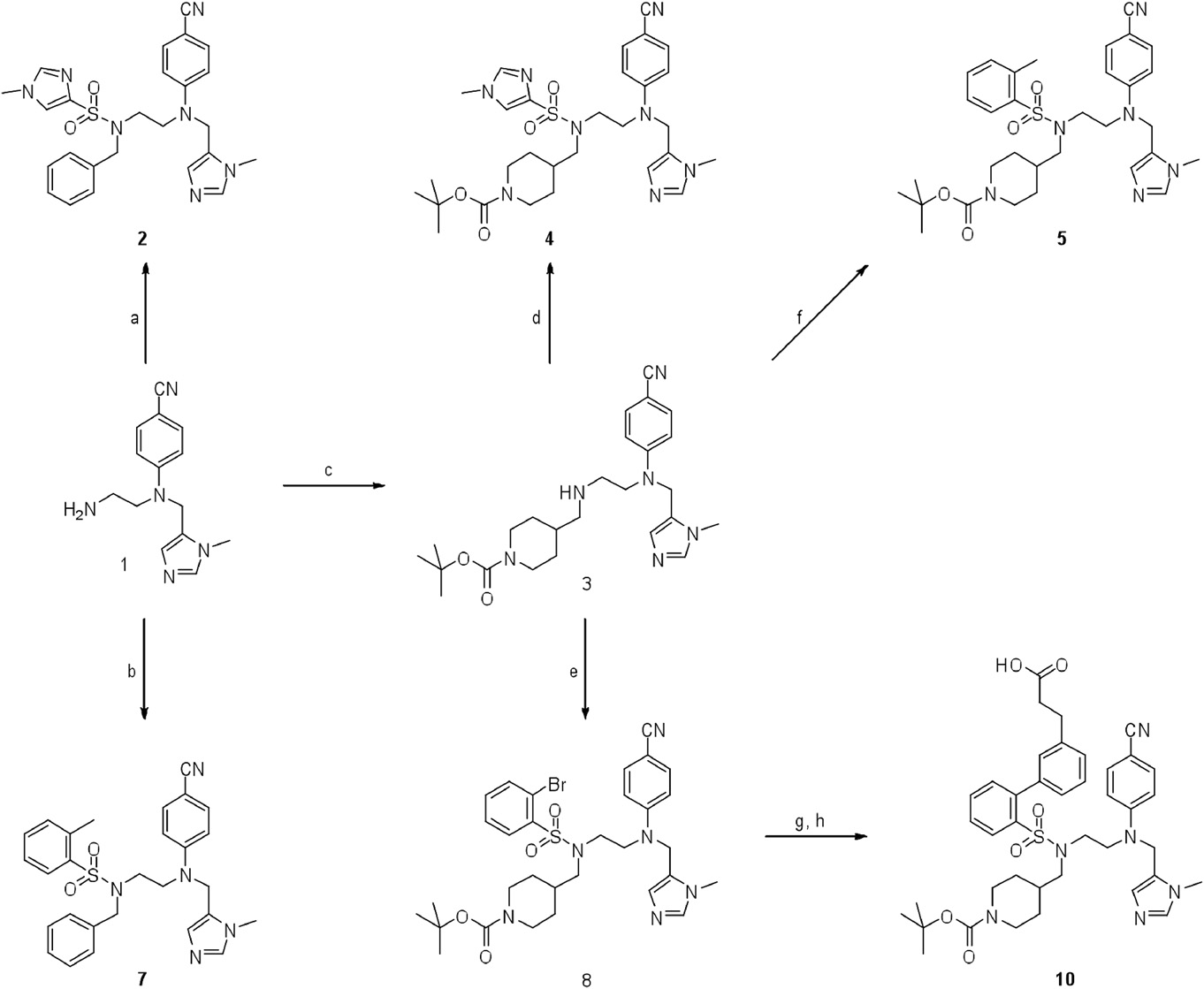
Synthesis of Ethylenediamine-Scaffold Compounds in the Present Study